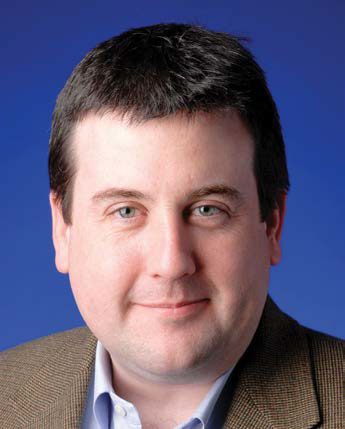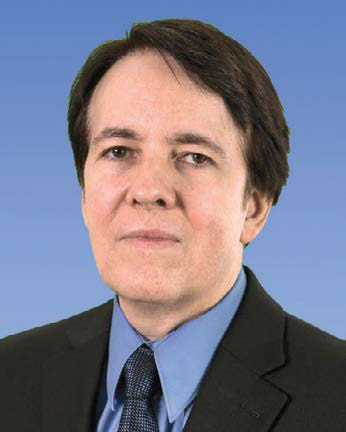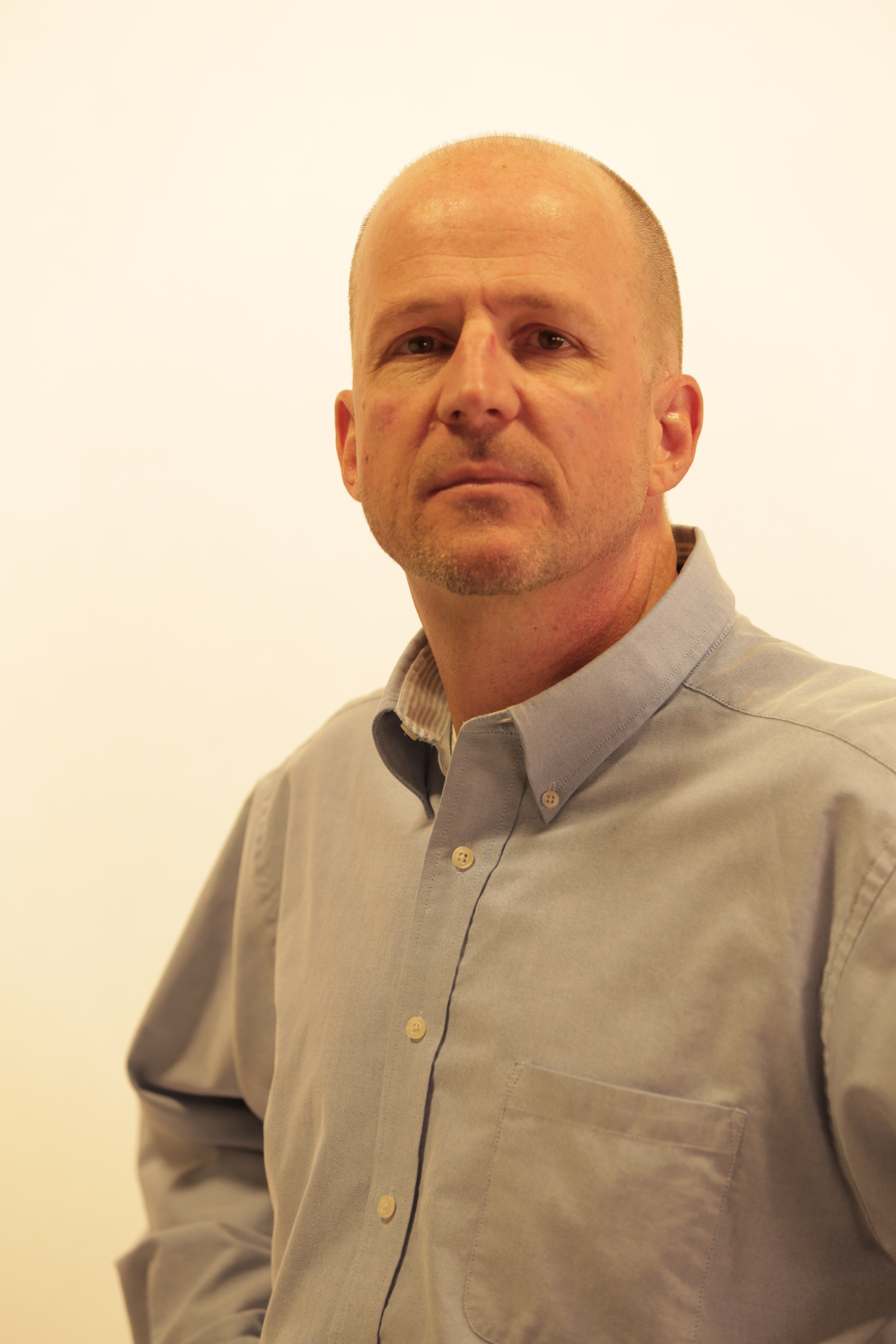ATSC 3.0 Audio: A Big Bet?
PHOENIX—It’s been nearly two decades since the first version of ATSC 1.0 was adopted, setting the standard for digital television today. With this advancement came additional new technologies to distribute audio and video in digital television, which at the time was the dominant form of media consumption.
Today, there are more mobile devices per household than there are televisions. During this transition for broadcasters, an updated standard is about to be approved that will not only greatly improve the television audio experience, but may provide broadcasters the technology pathway to compete against OTT delivery and reach into the mobile viewership market. The new standard of ATSC 3.0 promises cinematic quality audio and video for home viewing and an efficient enough codec to provide an immersive viewing and binaural audio experience for mobile device users on the go.

Tim Carroll, Linear Acoustic founder and Telos Alliance CTO.
INDUSTRY INFIGHTING
The new standard for broadcast distribution will be called ATSC 3.0 and it’s a high stakes bet on a technology that may make or break traditional broadcasting. (See “ATSC Sounds Out 3.0 Audio Proposals.”). Along with the intense anticipation around all the promises of its potential, it also has prompted serious debate and political infighting surrounding of all things, the audio portion of the standard. The debate centers on the two remaining candidates under consideration for the audio codec, AC-4, proposed by Dolby Laboratories, and MPEG-H, supported by the MPEG Audio Alliance.
“Unfortunately the process has gotten extremely political,” said Tim Carroll, Linear Acoustic founder and Telos Alliance CTO. From rumors to unproven claims, supporters from both sides have been making their arguments heard.
“There isn’t a right or wrong in this case, but rather which of the systems is more suited to fit industry requirements and provide the most deliverables,” said Joel Wilhite, solutions manager with Harmonic in San Jose, Calif. His company manufactures encoders that will be used in the broadcast chain for the new standard. He sees the new features to be offered as big wins for the broadcast audience.
“Both proposed systems have passed all the tests and achieved the goals set out by the ATSC,” Carroll said. Linear Acoustic, like Harmonic, provides key systems for broadcast audio management and distribution.
Get the TV Tech Newsletter
The professional video industry's #1 source for news, trends and product and tech information. Sign up below.
Though both proposed systems have passed the basic technological hurdles, beyond that there are many questions yet answered: What are their abilities to integrate content on a global scale? How easy will it be for consumers to adopt? What are the costs associated with implementation? And how robust is the ecosystems surrounding their technologies?

Robert Bleidt, general manager of audio visual codecs for Fraunhofer USA
PUTTING BROADCAST BACK INTO PLAY
The audio component for ATSC 1.0 is called AC-3 and was developed in the 1990s by Dolby. “When AC-3 was developed for broadcast there was no need to worry about the codec’s ability to scale,” said Jeff Reidmiller, senior director, sound group at Dolby, who adds that the ATSC tuner in TVs and AVRs (audio video recorders) were the only devices at the time that were in play. Today broadcasters not only want to reach TVs and DVRs, but PCs, tablets and smartphones.
Alex Kosiorek, senior audio engineer and media technology consultant, sees the ATSC 3.0 audio technology and its benefits to consumers as one of the broadcast world’s best bets for success. “This could be to the broadcaster’s advantage, where consumers turn back to over-the-air viewing for a superior experience.”
There are OTT providers that currently support Dolby ATMOS delivering a premium audio experience at home; the new standard could place broadcasters on par with the same experience.
The benefits of the new audio standard include better overall sound quality and tools to improve the consumer’s media consumption experience. “It’s not just about immersive sound, it’s also about interactivity,” said Robert Bleidt, general manager of audio visual codecs for Fraunhofer USA. Fraunhofer, a member of the MPEG-H alliance, sees the ability to eliminate certain sounds, boost the audio of preferred tracks, or even selecting which language is preferred as a big win for consumers.
Reidmiller says that Dolby has been engaged in a great deal of outreach to the consumer electronics industry about the concept of audio personalization. There are many tools available in the new standard, but he believes implementation and success will ultimately depend on how the consumer electronics industry responds. The new features will need an interface that consumers of all skill levels can understand and use and feels if the tools are not implemented properly, consumers will not reap the benefits.

Joel Wilhite, solutions manager with Harmonic
LOBBYING EFFORTS
Carroll said that a lot of rumors are being spread, “which makes it difficult to keep the technology focus on track.” He said that one of the rumors claims that one standard makes audio “too complicated” and that the other can simplify it. He believes neither is true, as both standards have their own unique direction with the technology, but in the end the consumer experience will depend on how well TV and smartphone manufacturers provide access to the new tools.
Each side has touted what they believe to be some of the benefits they uniquely bring to the table beyond the basic codec technology. The MPEG-H alliance, due to its partnership with Qualcomm, is touting their existing penetration onto the all-important mobile market. “We feel that we are much stronger in mobile, in that Fraunhofer codecs are already in iOS and Android devices,” says Bleidt.
In contrast, Dolby’s Reidmiller points out that “the MPEG-H system is not compatible with MPEG decoders on those existing devices right now.” He said the new standard is not backwards-compatible with the old one, so existing devices won’t natively be able to decode MPEG-H audio.
“In my opinion, Dolby is really well adept at the marketing of their solutions,” Kosiorek said, adding that he feels that Fraunhofer has tremendous engineering expertise, but that does not always translate into success for their business’ marketing model.
The costs surrounding the new standard also have been a focus of much discussion. Bleidt said that if comparing “Dolby versus MPEG-H, we are half the price.” This is a claim that will be challenging to prove in the long term for an organization with so many contributing members and a history of licensing issues.
Dolby also has its own pricing argument to make. “The big advantage Dolby has is that we touch everything end to end, from content creators, to broadcasters, to the end consumer,” Reidmiller said. Here the proposed benefit of a sole source solution is placed in contrast to a system derived from multiple contributors.
But who can provide better support long term is a hard question to answer.
THE END GAME
“Both proposed standards can take today’s ATSC 1.0 audio, whether stereo or 5.1, and deliver it to consumers more efficiently that the current AC-3 standard, which has been on the air for two decades.” Carroll said.
The companies vying for approval of their proposed systems both have financial and prestige motives in winning. “The parties that get into the ATSC commercial standard will reap some financial benefits as a return for the work they put into the development of their systems,” Bleidt said. He went on to say “As a company, Fraunhofer believes the two systems are roughly equivalent feature wise,” though, not surprisingly, he believes their sound quality is better.
“I hope to see more options and control for the end user, but not so many that it is too hard to work,” Kosiorek said. He feels the win will come with consumers being provided an interface to the features they most want, in a way they can actually use. As an AES member and an audiophile himself, he feels that once consumers get access to better-quality audio, they will be more likely to consume the content through the medium that best delivers it.
“As far as implementation, they both have similarities and a few differentiators to consider,” Harmonic’s Wilhite said. He enthusiastically adds that regardless of the winner, “the quality delivered in these two systems is breathtaking.” Both Harmonic and Linear Acoustic see the biggest challenge for broadcasters as not which standard is chosen, but how it will be implemented.
Carroll said, “This will be a sit, crawl, walk, run transition, very similar to the transition to 5.1 audio,” He feels that broadcasters will figure out what their consumers want and make it work.
ATSC 3.0 will be a technology foundation that carries multiple new aural and interface experience opportunities. Making this a success will require the coordination of components upstream in the content creation community, through the broadcast chain and ending with the CE industry. All the parts in this ecosystem will need to leverage both the new technologies and tools in ways they have never done before.

